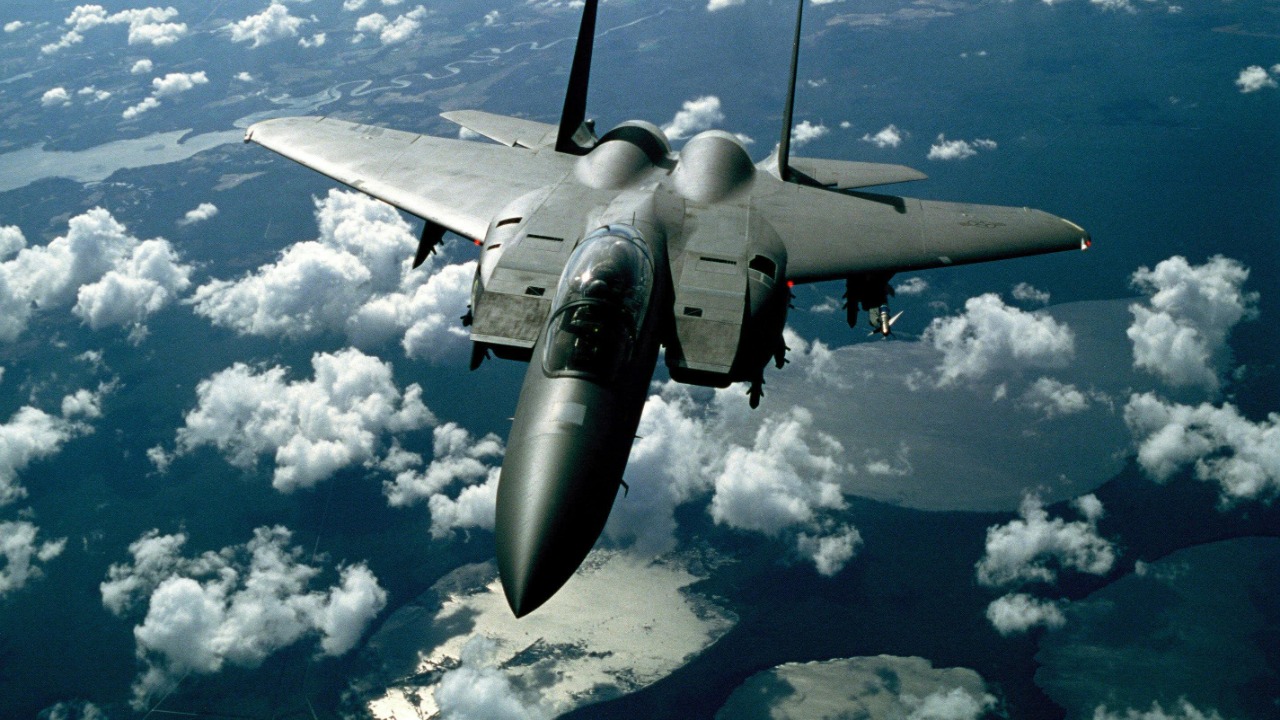
The race to develop the next generation of fighter jets is heating up across the globe. As nations strive to achieve air superiority, several ambitious projects are currently underway. These cutting-edge aircraft promise to redefine aerial combat with advanced technology and innovative designs.
Next-Generation Air Dominance (NGAD) Program

The United States is leading the charge with its Next-Generation Air Dominance (NGAD) Program. This program aims to replace the aging F-22 Raptor with a new sixth-generation fighter jet. The NGAD aircraft is expected to feature stealth capabilities, advanced sensors, and the ability to operate with unmanned systems.
One distinguishing feature of the NGAD is its open architecture, allowing for rapid upgrades and integration of new technologies. The U.S. Air Force’s commitment to maintaining air superiority is evident in its investment in this program, which is seen as a critical component of future combat strategies.
Tempest Future Combat Air System
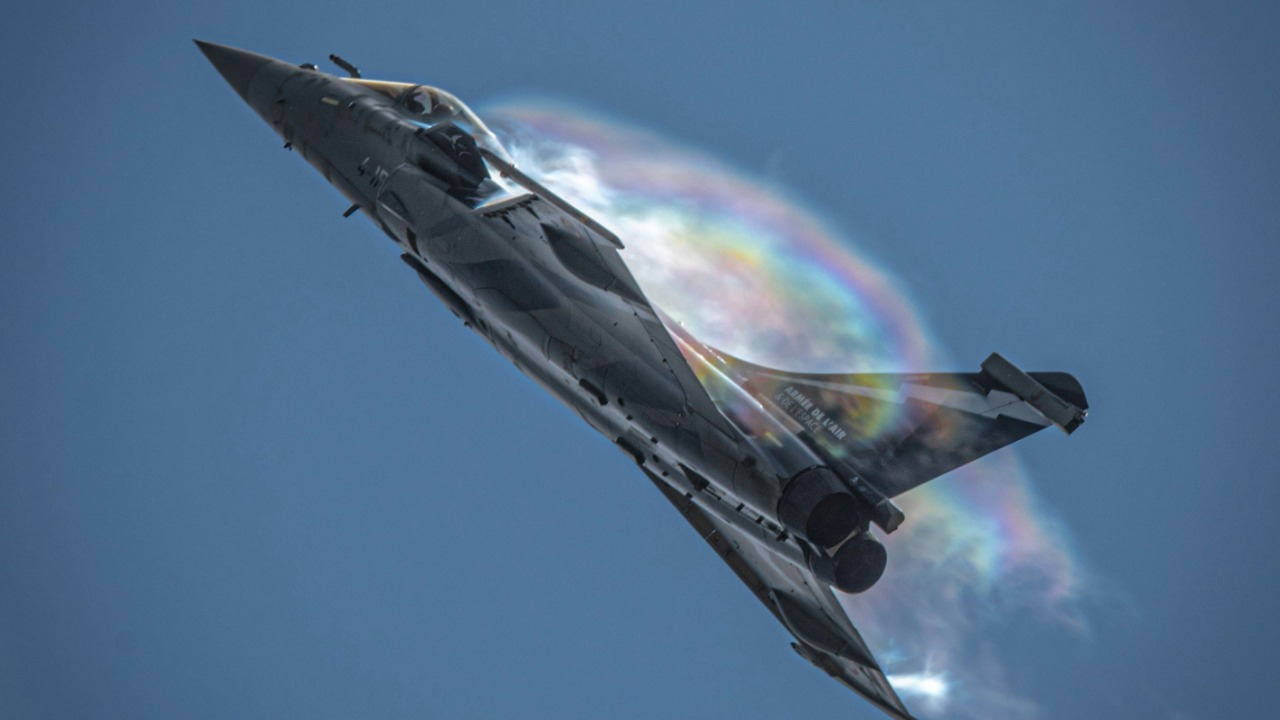
The United Kingdom, in partnership with Italy and Sweden, is developing the Tempest Future Combat Air System. Scheduled for deployment in the mid-2030s, the Tempest is designed to complement existing fighter jets like the Eurofighter Typhoon. It will incorporate advanced features such as artificial intelligence, stealth technology, and directed-energy weapons.
One of the key aspects of the Tempest program is its emphasis on interoperability. The aircraft will be able to collaborate seamlessly with other NATO systems, enhancing its operational flexibility. This focus on collaboration and innovation makes the Tempest a significant player in the global fighter jet development landscape.
Mitsubishi F-X Fighter Jet
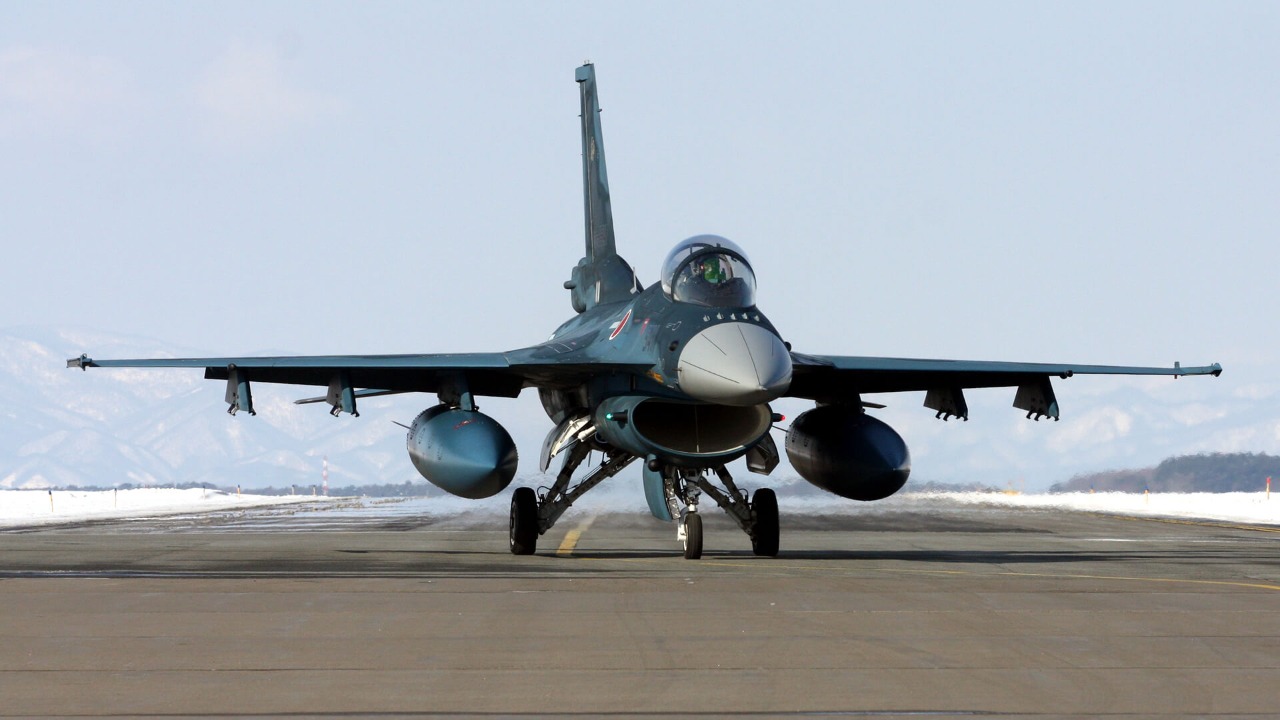
Japan’s Mitsubishi F-X Fighter Jet represents the country’s most ambitious military aviation project to date. This fifth-generation fighter is being developed to replace the aging F-2 fleet and bolster Japan’s self-defense capabilities. The F-X is expected to feature cutting-edge stealth technology, advanced avionics, and powerful engines.
Japan’s focus on indigenous development reflects its strategic goal of technological self-reliance. The F-X program not only aims to enhance Japan’s defensive capabilities but also seeks to strengthen its aerospace industry by fostering innovation and technological advancement.
Sukhoi Su-75 Checkmate
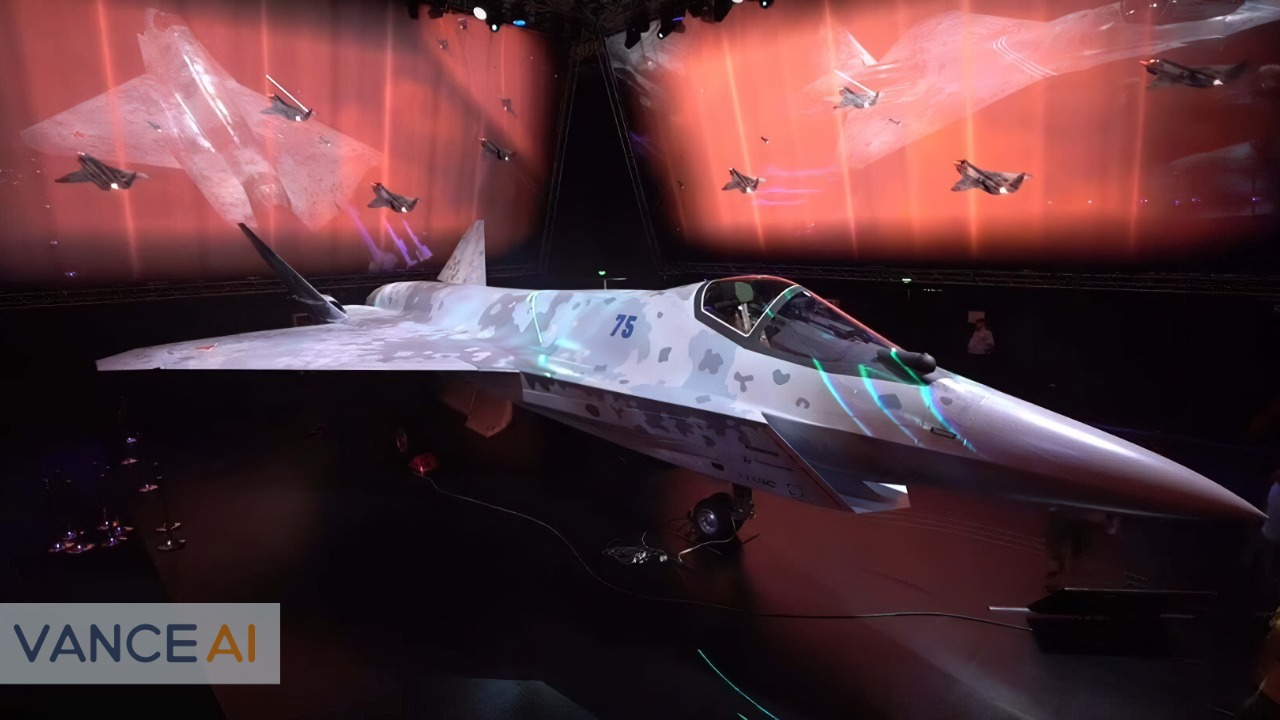
Russia’s Sukhoi Su-75 Checkmate is making waves with its promise of affordability and performance. Designed for export markets, this single-engine stealth fighter is intended to challenge Western aircraft in terms of both cost and capability. The Checkmate boasts a modular design, enabling customization based on customer requirements.
An interesting aspect of the Checkmate is its focus on unmanned operation capabilities, aligning with global trends towards autonomous systems. As Russia seeks to expand its influence in the global arms market, the Su-75 Checkmate could play a pivotal role in its strategy.
Korean KF-X Fighter Jet
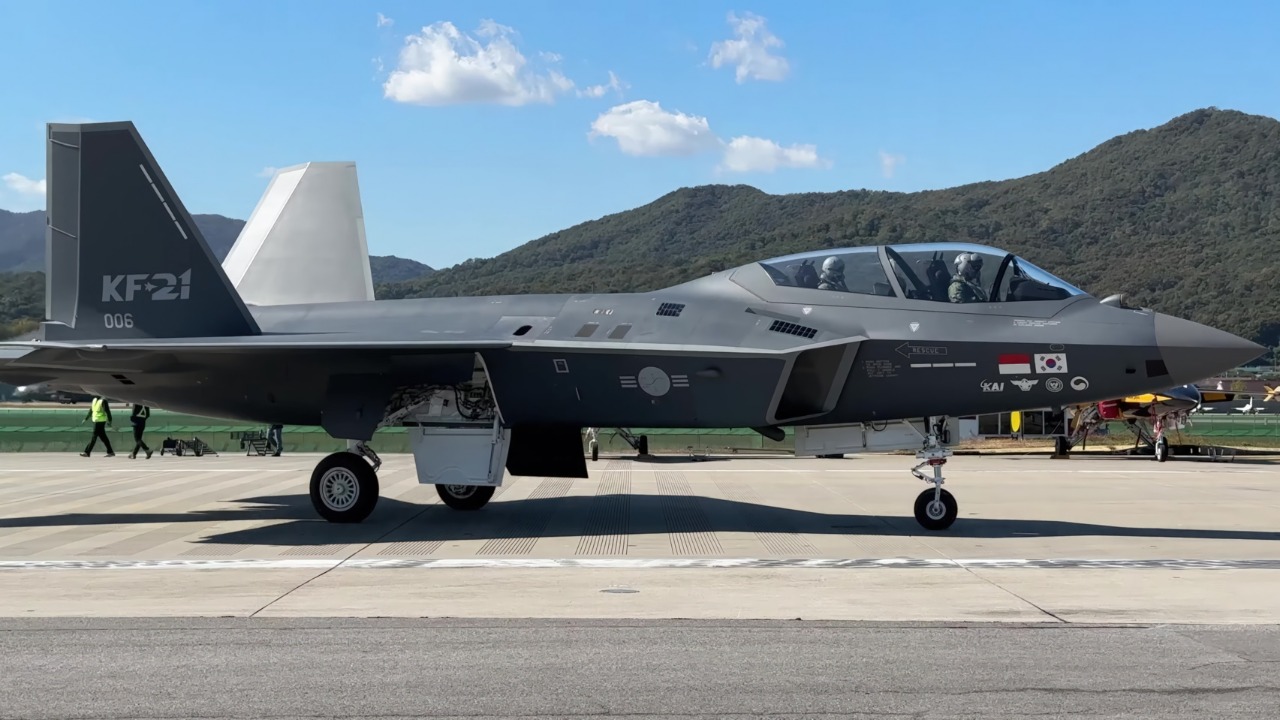
South Korea’s ambitious KF-X Fighter Jet program, developed in collaboration with Indonesia, aims to create a cutting-edge multirole fighter. Known as the KF-21 Boramae, this aircraft is designed to replace older fleets and ensure South Korea’s air defense readiness. The KF-X features advanced avionics, stealth capabilities, and a focus on electronic warfare.
The KF-X program underscores South Korea’s determination to advance its aerospace industry and reduce reliance on foreign technology. With its emphasis on indigenous development, the KF-X is poised to enhance South Korea’s strategic position in the Asia-Pacific region.